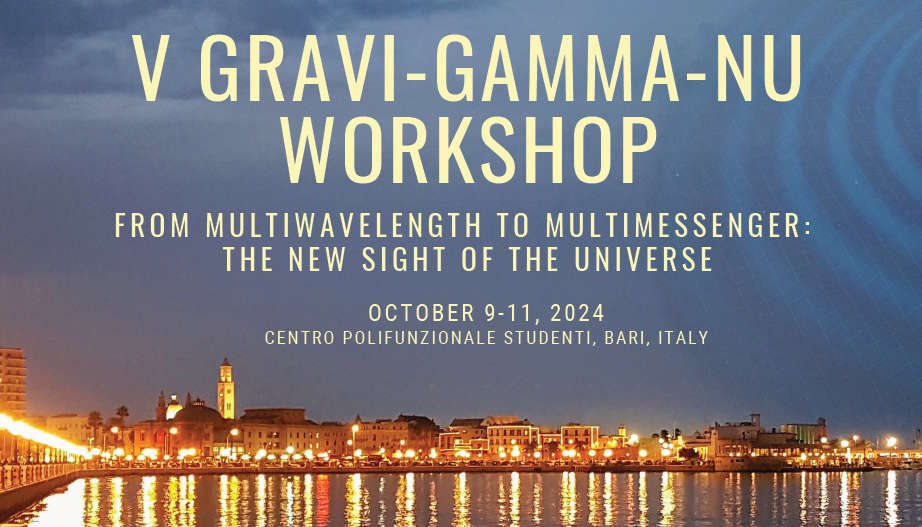Speaker
Description
Black hole mergers, involving masses of tens to hundreds of solar masses, are believed to frequently occur within the accretion disks of central supermassive black holes, potentially producing observable electromagnetic counterparts. These counterparts understood as short flares, can last several days to weeks. Here, we present our initial results on the theoretical modelling of light curves from binary black hole merger flares and demonstrate how this model compares with real observational data. Our observations are derived from follow-up campaigns of gravitational wave detections by LIGO/Virgo/KAGRA, using Mount Wendelstein's 2.1 m telescope equipped with the 3KK imager, which captures data in visible to near-infrared bands. This work is a collaboration between the University Observatory Munich at Ludwig Maximilian University (LMU), Carnegie Mellon University (CMU), the Gravitational Wave Multi-Messenger Astronomy Decam Survey (GW-MMADS), and the Dark Energy Spectroscopic Instrument (DESI).

